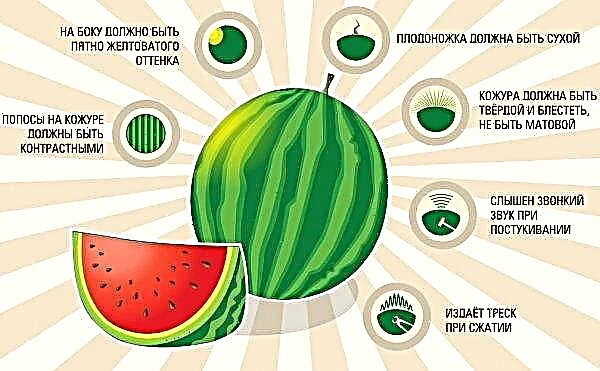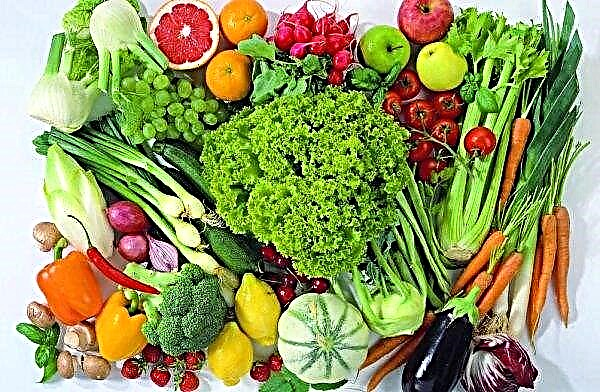World food prices fell slightly in June, leading to five-month consecutive surges caused by falling prices for dairy products, the UN Food Agency reported on Thursday, July 4.
The Food and Agriculture Organization (FAO) also kept its forecast for world cereal production in 2019 unchanged from June, but increased its annual forecast by about 1.2% compared to 2018 levels, with most of the growth expected due to production growth wheat.
The FAO food price index, measuring monthly changes in the basket of grains, oilseeds, dairy products, meat and sugar, averaged 173.0 points last month from revised upwards 173.5 points in May. Previously, this figure was 172.4.
The FAO price index for dairy products fell 11.9% compared with the May value, but since the beginning of the year it continued to grow by 9.4%, and the weakening price in June was due to increased export opportunities and weak demand for imports.

The FAO vegetable price index also fell, falling 1.6% on a monthly basis and reaching its lowest level since December, mainly due to weakening palm and soybean oil prices.
In contrast, the grain price index rose 6.7% compared with May and rose 3.8% compared to the same period last year, which was caused by a sharp increase in export quotations for corn, mainly due to expectations of tougher exports of the world's largest producer - the United States.
The meat price index rose 1.5% over the month, and the sugar index 4.2%. In its third forecast for 2019, the FAO predicts that global cereal production will be 2.685 billion tons, unchanged from the June report, and will still increase by 1.2% compared to 2018 levels.

According to FAO forecasts, world grain consumption in 2019-2020 will increase slightly, and now it should exceed 2.708 billion tons, which is 1.0% higher than the level of 2018-2019.












